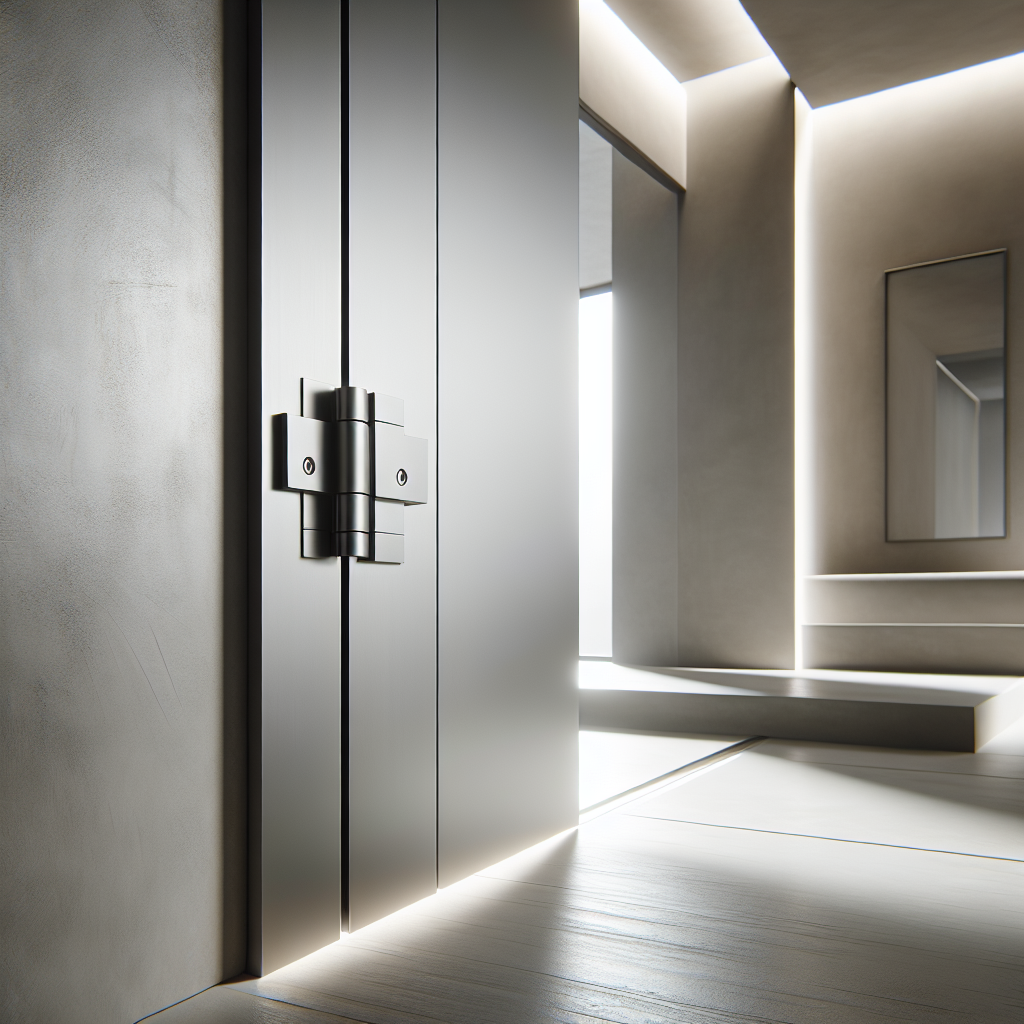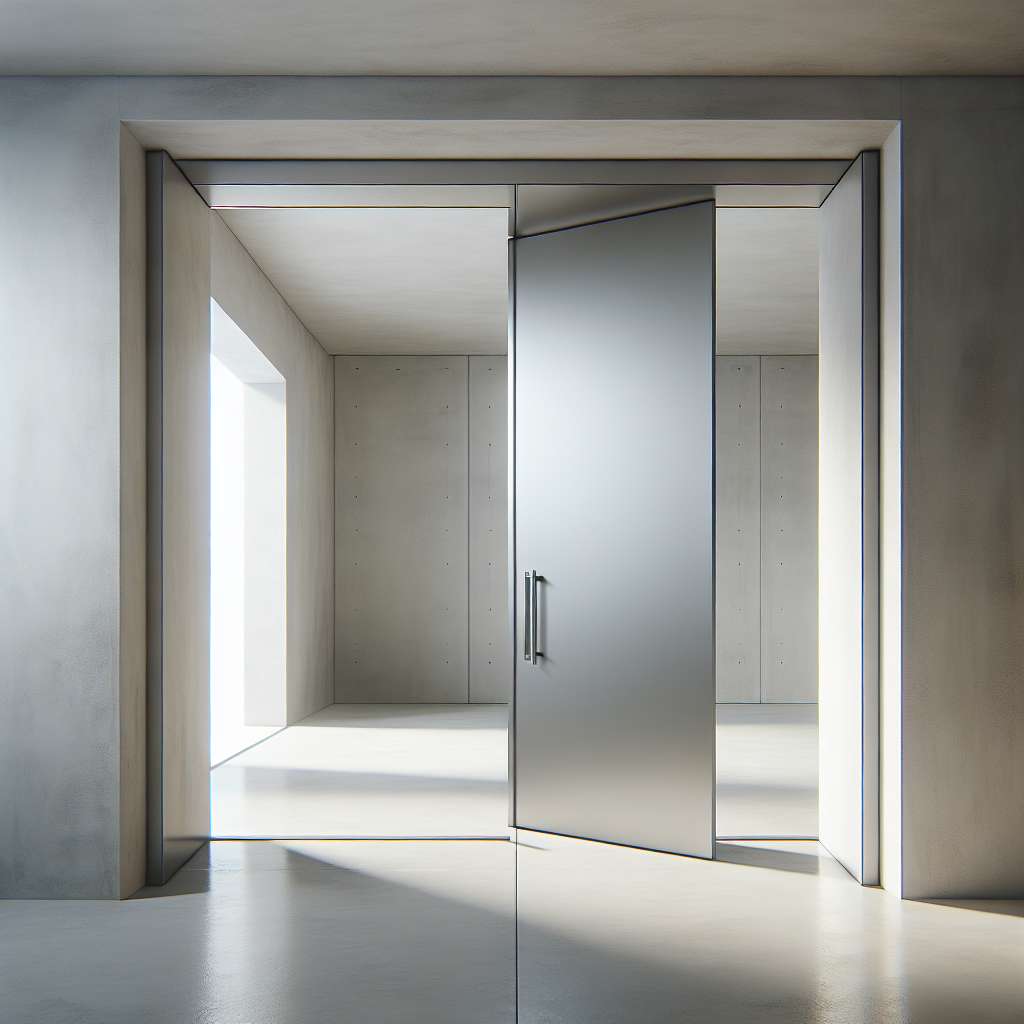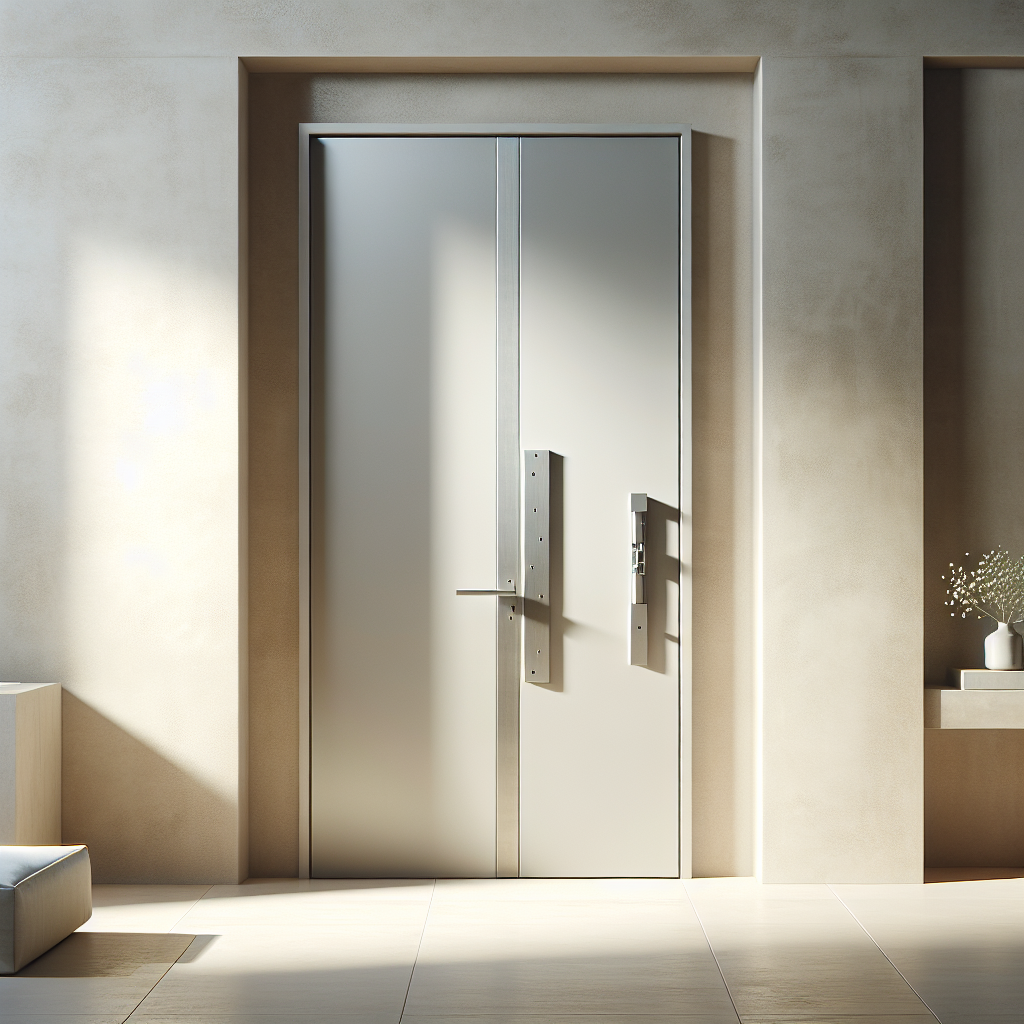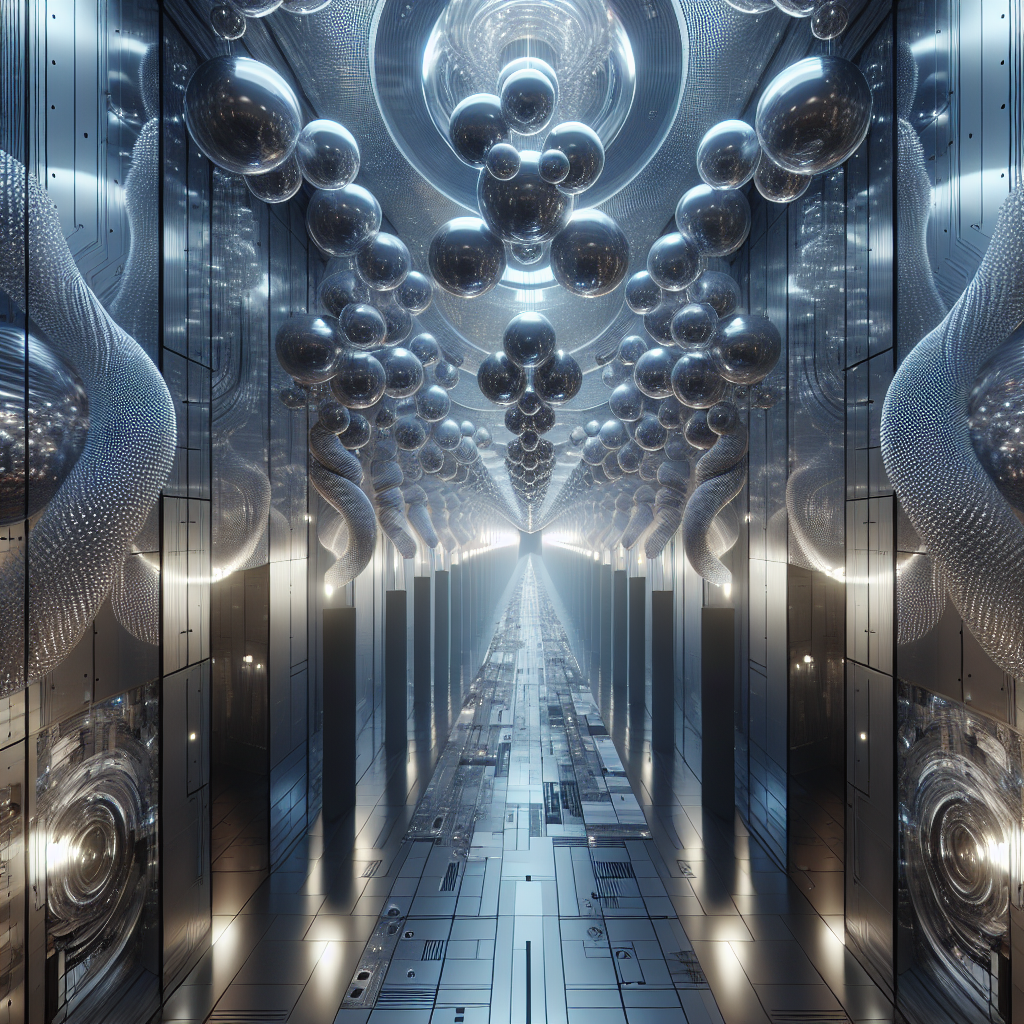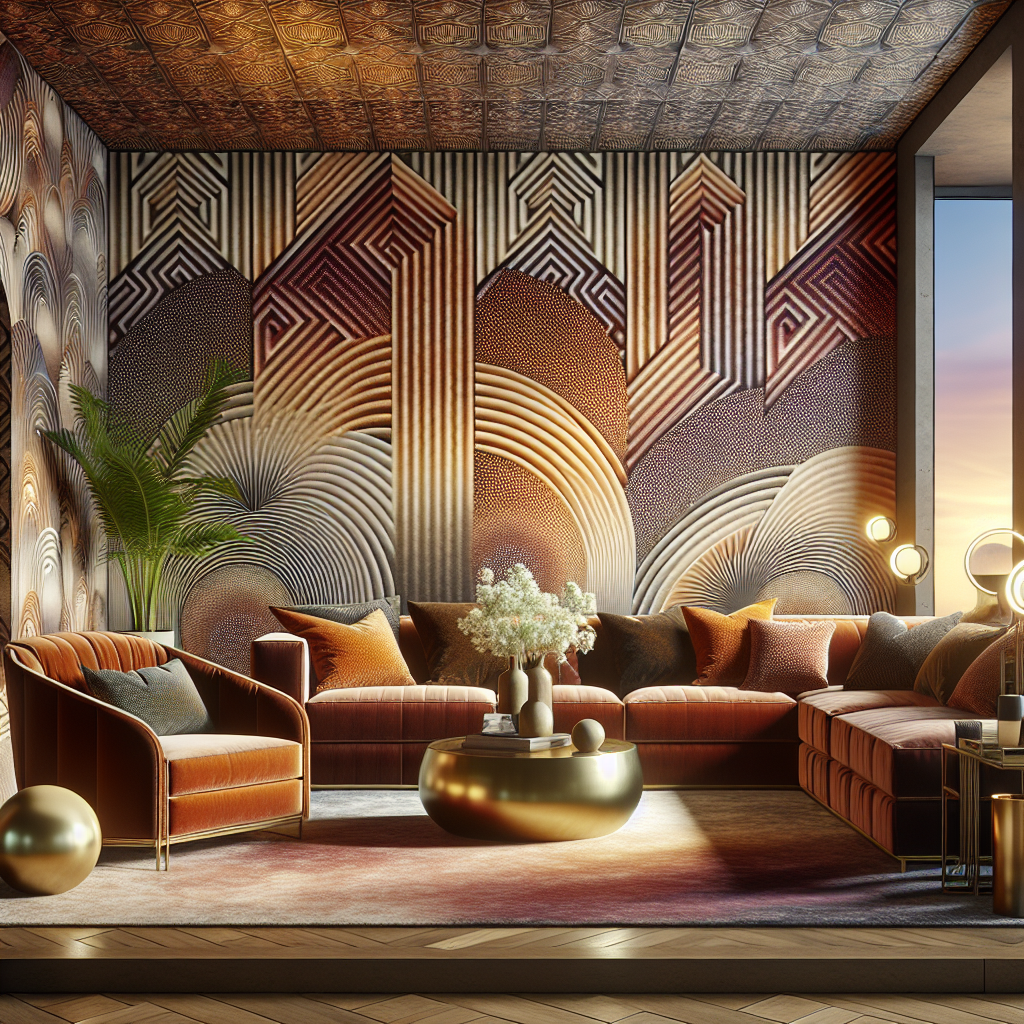Invisible hinges flush-mounted: hardware for seamless door illusions
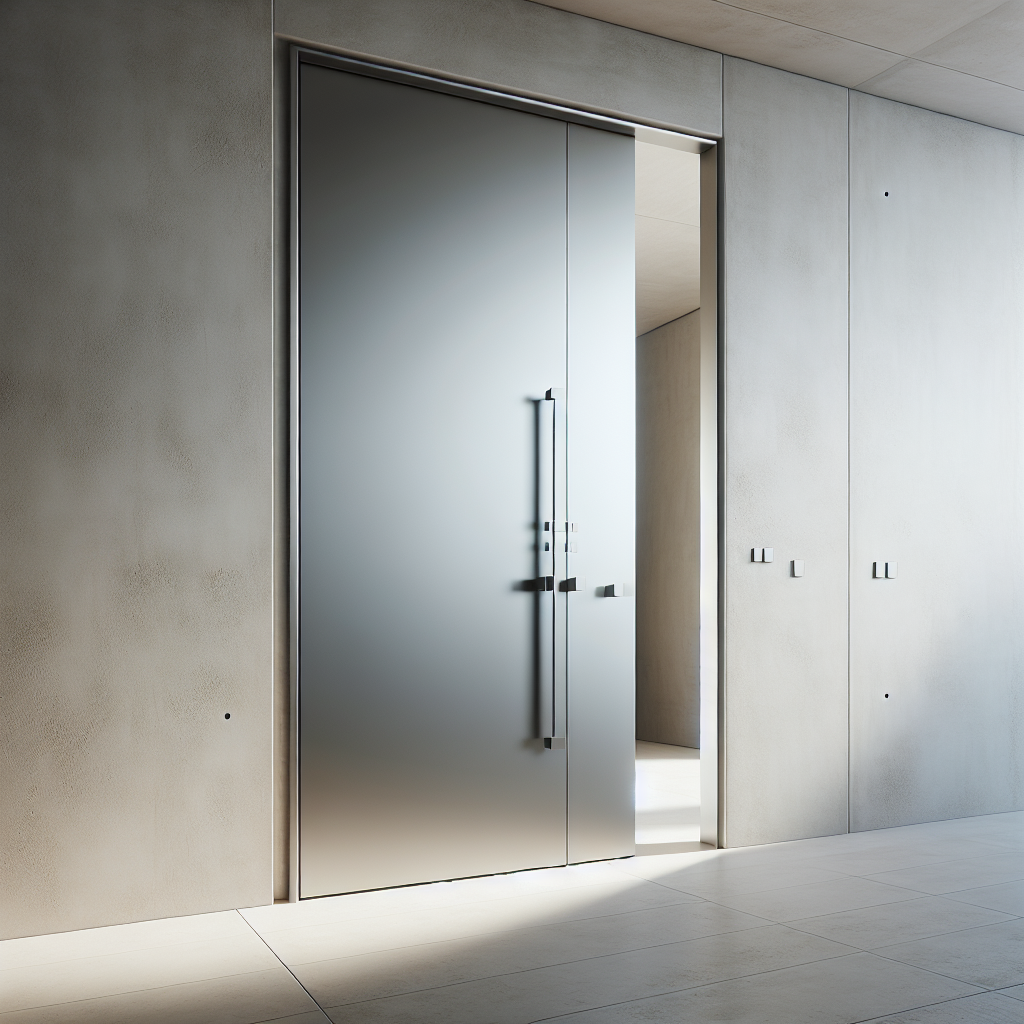
Invisible Hinges Flush-Mounted: Hardware for Seamless Door Illusions
In the refined world of contemporary architecture and interior design, where the line between structure and sculpture continues to blur, invisible hinges—also known as flush-mounted hinges—have emerged as the silent protagonists of minimalist detailing. These discreet mechanisms enable doors to vanish into walls, panels, or cabinetry, achieving a visual purity that defines today’s most sophisticated interiors. What was once a functional necessity has evolved into a symbol of architectural restraint and precision engineering.
The Allure of the Invisible
At first glance, a flush-mounted door seems to defy logic. It stands perfectly aligned with the wall, its perimeter uninterrupted by visible hardware or frames. The effect is almost cinematic—an illusion of seamless continuity, where boundaries dissolve and volumes appear sculpted from a single material plane. This aesthetic has become a cornerstone of high-end residential and commercial design, resonating with the same ethos that celebrates minimalist purity and architectural silence.
Invisible hinges are engineered to be fully concealed when the door is closed, allowing designers to maintain uninterrupted surfaces. The result is a spatial experience that feels both monolithic and ethereal—ideal for projects emphasizing clean geometry, light interplay, and material tactility. In essence, these hinges embody the principle that true luxury lies not in ornamentation, but in the mastery of invisibility.
Engineering Precision: How Flush-Mounted Hinges Work
Unlike traditional butt hinges, which protrude from the door’s edge, flush-mounted invisible hinges are embedded within both the door and the frame. This requires precise milling and alignment, often to tolerances within a millimeter. The mechanism itself typically consists of interlocking metal arms that pivot smoothly, distributing weight evenly across the door’s vertical axis. High-performance models—crafted from stainless steel or anodized aluminum—can support doors weighing up to 200 kilograms, ensuring both durability and fluid motion.
Many manufacturers now integrate three-dimensional adjustability, allowing fine-tuning in height, depth, and lateral position. This flexibility is essential for achieving the razor-sharp alignment demanded by contemporary interiors. The technology behind these hinges mirrors the innovation seen in other hidden architectural systems, such as kinetic façades or retractable partitions, where movement and invisibility coexist in perfect harmony.
Design Language: Seamlessness as a Statement
Flush-mounted hinges are not merely mechanical components—they are enablers of a design philosophy that prioritizes continuity and calm. When paired with frameless doors, they allow surfaces to flow uninterrupted, whether rendered in matte plaster, smoked oak, or back-painted glass. In a gallery, they might conceal storage behind a wall of white panels; in a penthouse, they can transform a corridor into a minimalist monolith of limestone.
This approach aligns with the broader trend toward biophilic and sensory design, where visual clutter is minimized to enhance spatial serenity. By removing visible hardware, designers allow materials, light, and proportion to take center stage. The invisible hinge becomes a tool for emotional architecture—spaces that feel effortless, yet meticulously orchestrated.
Applications Across Scales
Invisible hinges have transcended their origins in luxury interiors to become integral to a range of architectural typologies. In private residences, they enable concealed doors to home offices, walk-in wardrobes, or secret libraries—modern echoes of the hidden chambers of Renaissance palazzos. In commercial environments, they contribute to the seamless integration of meeting rooms, service corridors, and acoustic partitions within continuous wall systems.
One striking example is the use of flush-mounted hinges in boutique hospitality projects, where every surface is curated for sensory impact. In a recent Milanese hotel renovation, designers employed concealed hinges to integrate guestroom doors into veneered wall panels, achieving a monolithic effect punctuated only by subtle shadow gaps. The result was a space that felt simultaneously expansive and intimate—a hallmark of refined modernism.
Material Innovation and Sustainability
Beyond aesthetics, the evolution of invisible hinge technology reflects broader advances in material science and sustainable manufacturing. High-grade alloys, self-lubricating polymers, and corrosion-resistant coatings extend product lifespan, aligning with the principles of circular design. Some brands now offer hinges made from recycled metals or designed for disassembly, supporting a more responsible approach to architectural detailing.
These innovations echo the movement toward biodegradable and low-impact architecture, where every component—from structure to hardware—is evaluated for environmental performance. The invisible hinge, once overlooked, now participates in a larger narrative of efficiency, longevity, and conscious design.
Craftsmanship Meets Technology
Installing flush-mounted hinges demands a level of craftsmanship akin to fine joinery. The precision of the cutouts, the calibration of the hinge arms, and the alignment of the door leaf all determine the final visual outcome. In many high-end projects, architects collaborate closely with specialized carpenters or metalworkers to ensure that the mechanical perfection of the hinge complements the tactile quality of the surrounding materials.
This synergy between craft and technology recalls the spirit of the Bauhaus movement, where form and function were inseparable. Today, digital fabrication tools such as CNC milling and laser measurement have elevated this process, allowing designers to achieve tolerances that were once the domain of watchmakers. The invisible hinge thus becomes a contemporary expression of architectural precision—where the smallest detail defines the entire composition.
Trends and Future Directions
As architecture continues to embrace the aesthetics of concealment, invisible hinges are finding new expressions in dynamic and adaptive environments. In smart homes, they integrate seamlessly with automated door systems, responding to voice commands or biometric access. In retail and exhibition design, they enable flexible spatial configurations, where walls can open or close without visible mechanical interruption.
Recent projects in Tokyo and Copenhagen have pushed the concept further, embedding flush-mounted hinges into pivoting wall panels that double as art installations. The result is a choreography of movement and stillness—a spatial illusion that challenges perception. This fascination with hidden mechanics mirrors the broader cultural shift toward intelligent architecture, where technology operates invisibly in service of human experience.
The Poetics of Disappearance
Ultimately, the invisible hinge is not about absence but about presence—an understated presence that allows architecture to breathe. It invites the eye to rest, the hand to explore, and the mind to imagine what lies beyond a seamless surface. In an era where digital saturation often overwhelms the senses, such quiet gestures of design restraint feel profoundly human.
To open a flush-mounted door is to experience a moment of revelation: a hidden threshold revealed through perfect alignment, a whisper of movement that transforms space without spectacle. It is a reminder that in architecture, as in life, the most powerful details are often the ones we do not see.
Invisible hinges flush-mounted—a small mechanism, a grand illusion, and a testament to the enduring dialogue between engineering and elegance.
Keywords: invisible hinges, flush-mounted hinges, seamless doors, concealed hardware, minimalist architecture, hidden door design, modern interior detailing, architectural hardware innovation.
Published on 11/19/2025
